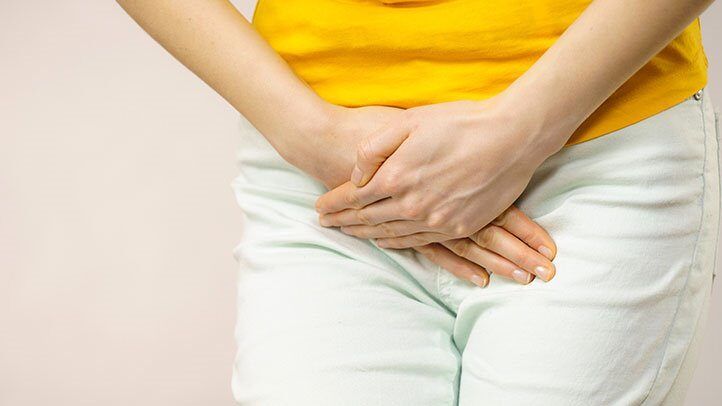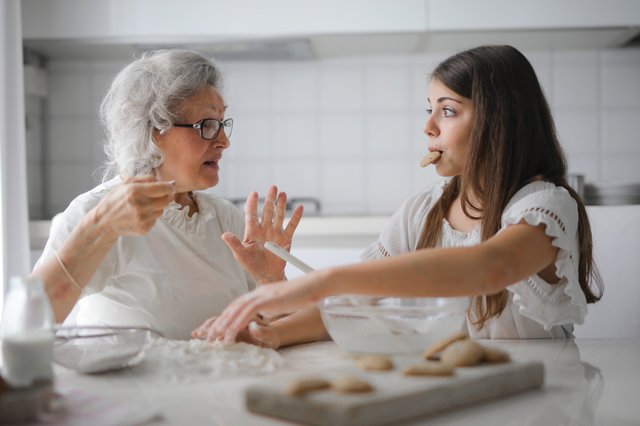Health
How To Treat Incontinence?

Anyone with urinary incontinence understands that even laughing or doing the dishes can trigger the humiliating symptom of urine leaking. Urine leakage, on the other hand, is no laughing matter.
Urinary incontinence has a negative impact on your health as well as other aspects of your life. The consequences of losing bladder control can be detrimental to one’s career, relationships, and self-esteem.
Here are few tips to combat this condition:
Daily pelvic floor exercises
These exercises can be quite successful at minimising leakage, but they must be done correctly.
When you go to the bathroom and try to stop the flow of urine, you may feel your pelvic floor muscles. Sit comfortably and squeeze your pelvic floor muscles 10 to 15 times in a row to strengthen them. At the same time, avoid holding your breath or clenching your stomach, buttock, or thigh muscles.
You can try holding each squeeze for a few seconds once you’ve gotten used to conducting pelvic floor exercises. You can gradually increase the number of squeezes each week, but be careful not to overdo it, and always take a break between sets.
You may need to do these exercises for three months before seeing any results. Till then you try using incontinence pants to avoid leakage accidents.
Pelvic floor exercises are most successful when they are customised for the individual.
Physiotherapists who specialise in incontinence can examine your pelvic floor function and provide an exercise programme tailored to your specific needs.
Request a referral from your primary care physician.
Quit smoking
Coughing increases strain on your pelvic floor muscles, putting you at risk of incontinence if you smoke.
Deal with constipation
Struggling to empty your bowels weakens your pelvic floor muscles, which leads to leaking. It’s never a good idea to put off emptying your bowels. If you suffer constipation, changing your food and lifestyle may help. More fibre in your diet and more exercise can help. It might also help if you shift your sitting position and empty your bowels using your muscles.
This is something that a trained physiotherapist can help you with.
Avoid lifting
Lifting puts a lot of strain on your pelvic floor muscles, so try to avoid it as much as possible. Tighten your pelvic floor muscles before and throughout the lift if you need to lift something, such as children or shopping bags. If your daily activity involves a lot of heavy work and lifting you can use incontinence pads till you get relief from this condition. You can buy bulk adult nappies at affordable price to reduce the stress on your pocket.
Dietary changes
Simple dietary modifications can alleviate 50% of your health problems. Certain foods are known to aggravate urine incontinence. Spicy foods, honey, caffeine, alcohol, sodas or fizzy drinks, corn syrup, vinegar, chocolate, honey, tomatoes, fizzy drinks, artificial sweeteners, dairy, and citrus juices should all be avoided to the greatest extent possible.
Magnesium
Magnesium is essential for a wide range of bodily activities. These include the proper functioning of muscles and nerves. Magnesium helps to alleviate incontinence by minimising bladder muscle spasms and allowing the bladder to completely empty during urination. As a result, you should consume a lot of green leafy vegetables, legumes, nuts, and seeds, as well as seafood.
In Conclusion
If you’re suffering from urine incontinence, don’t be afraid to speak up; there are excellent therapies available. Your primary care provider can begin the diagnosis and treatment process for you or send you to a specialist so you may learn about the various treatment options that are appropriate and available.





